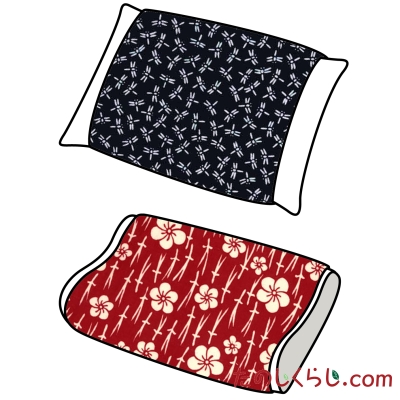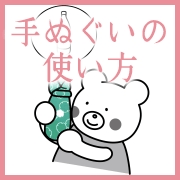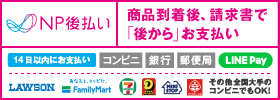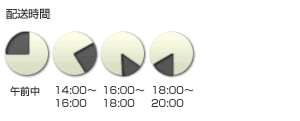手ぬぐいの使い方 その九 「枕カバー」 <9. As a pillow cover>

当時は、ガーゼや包帯などの役割から、現代のタオルや台拭や雑巾やハンカチなどの役割も担い、そのほかには縁起物としての贈答品や配り物としても使われ、本来の汗や水の吸水の目的だけでなく様々な用途の広がりをみせていきました。
ここでは、「手ぬぐいの使い方」として、現代での使い方をイラスト入りでご紹介していきます。
その九は "枕カバー" です!
肌触りの良い手ぬぐいは、どんな形の枕にもフィットします。枕に手ぬぐいを巻くだけなので取り替えも楽々。お手入れも簡単です。自宅用だけでなく、宿泊先のホテルや旅館の枕に手ぬぐいを巻いてもよいですね。
手ぬぐいの "枕カバー" で快眠です(^^)
In Japanese history, the tenugui (Japanese towel) was originally used approximately between 700s and 1100s A.D. (Nara & Heian era in Japan). At that time, the tenugui was only available for people of high social status, because cloth was a valuable item. After the late 1100s (during the Kamakura era), the tenugui gradually became available to commoners. In the 1600s, when cotton farming developed, the tenugui, as well as cotton fabric, became a common item for people in Japan.
Since then, tenugui usage has expanded from as a simple towel to absorb liquid to as a gauze bandage and a gift and giveaway item.
Below are some examples of how to use the tenugui during modern times (with illustrations):
<9. As a pillow cover>
Tenugui can fit any shape pillows. Wrapping a pillow with a tenugui is very simple and easy to take off to wash. Travelling with a tenugui and use it as a pillow cover can be another way to use the tenugui.


























